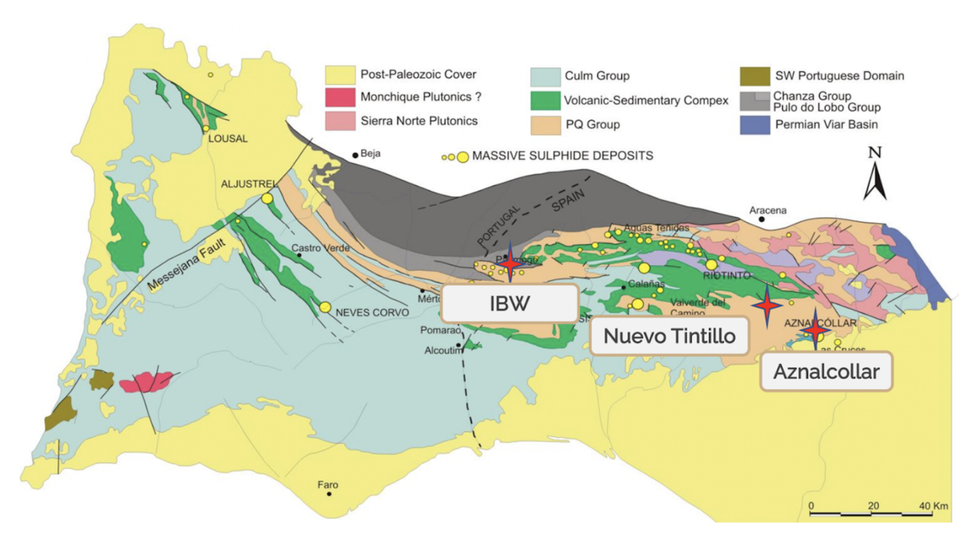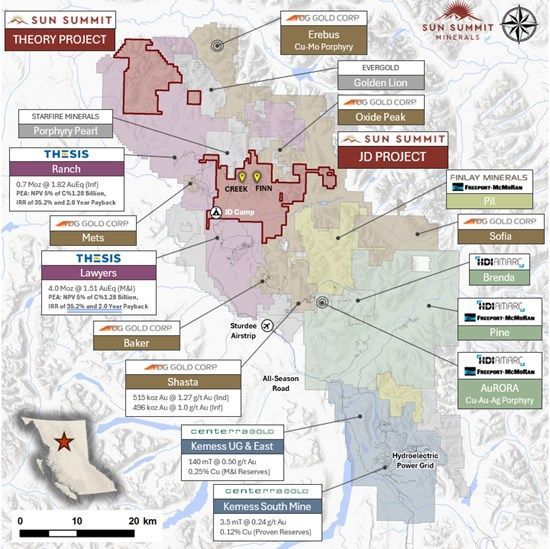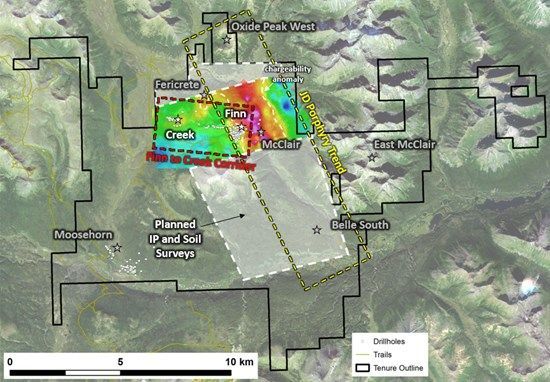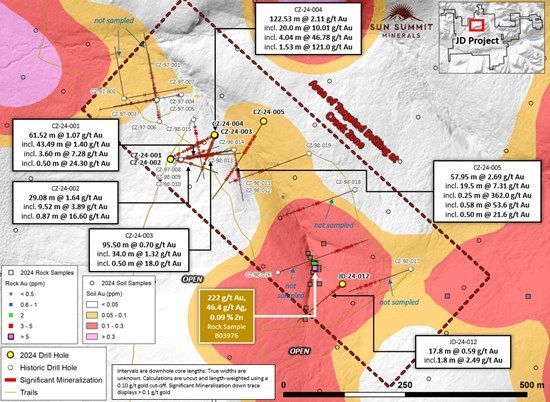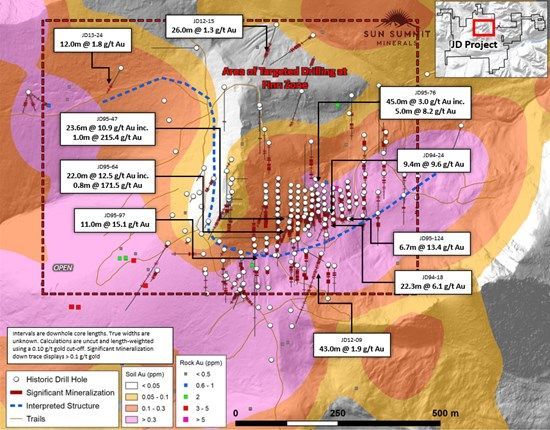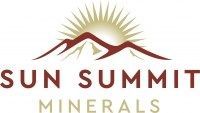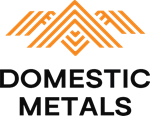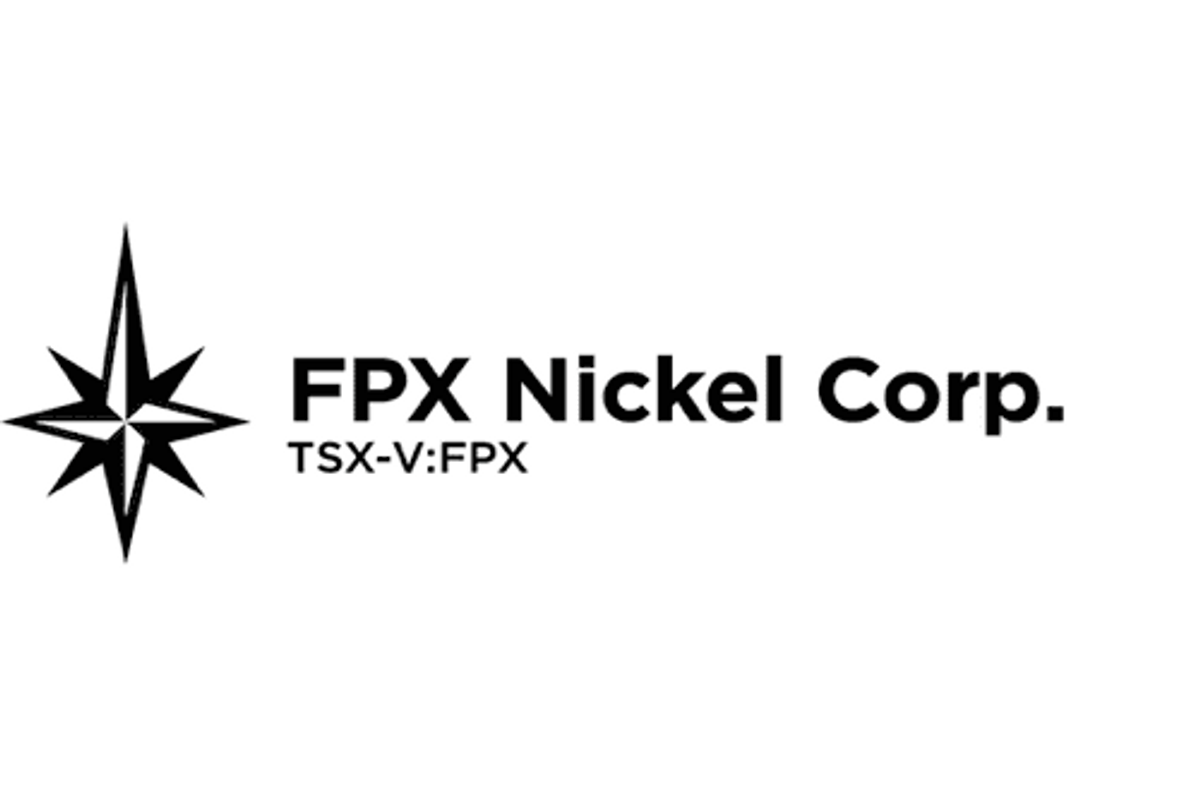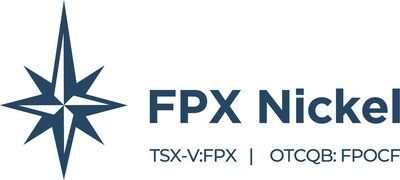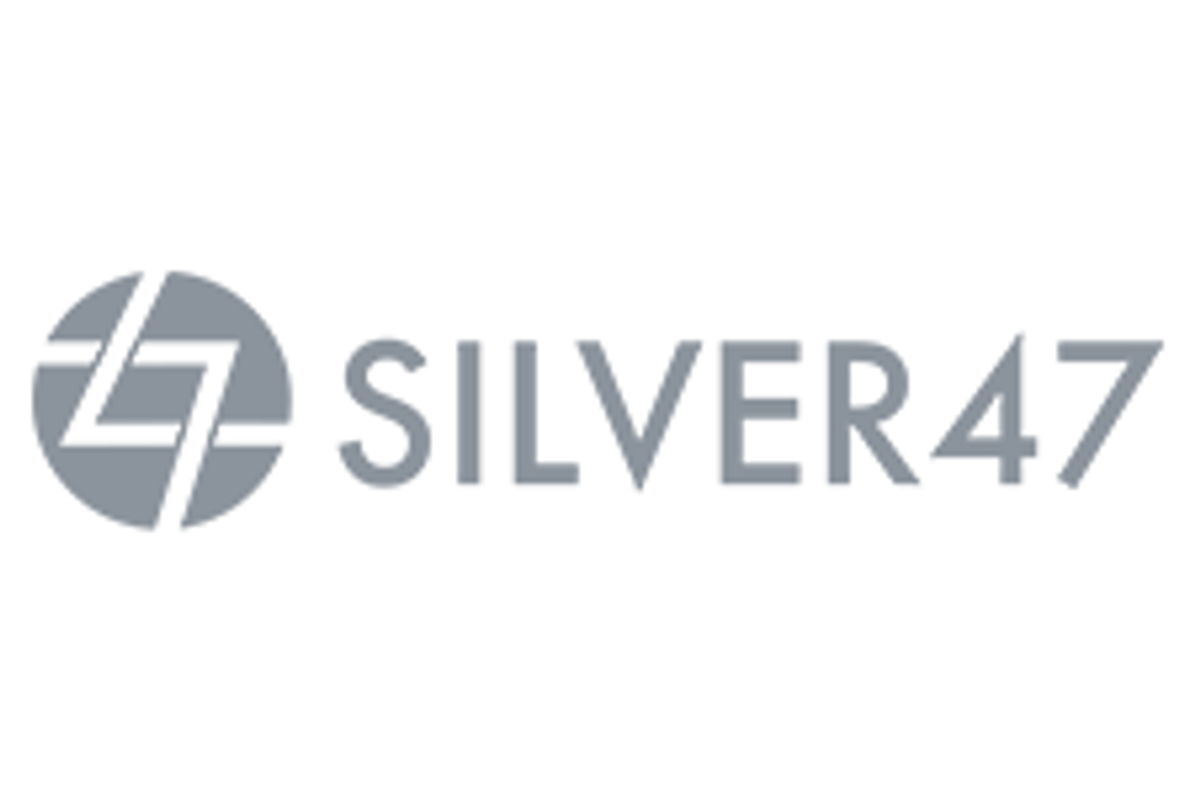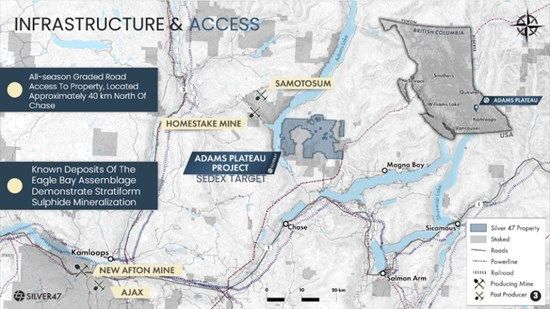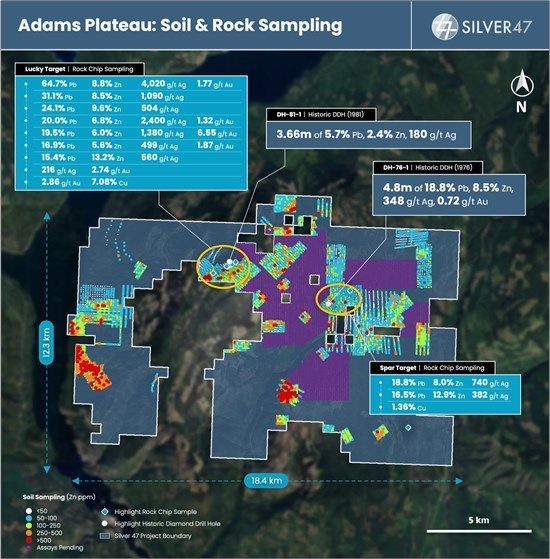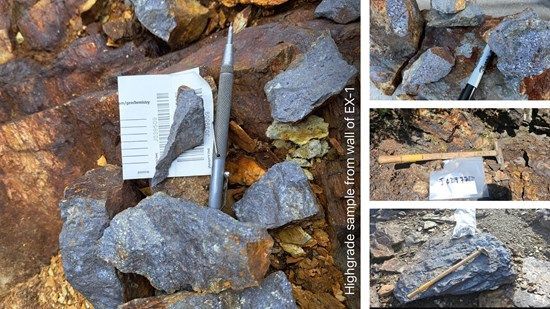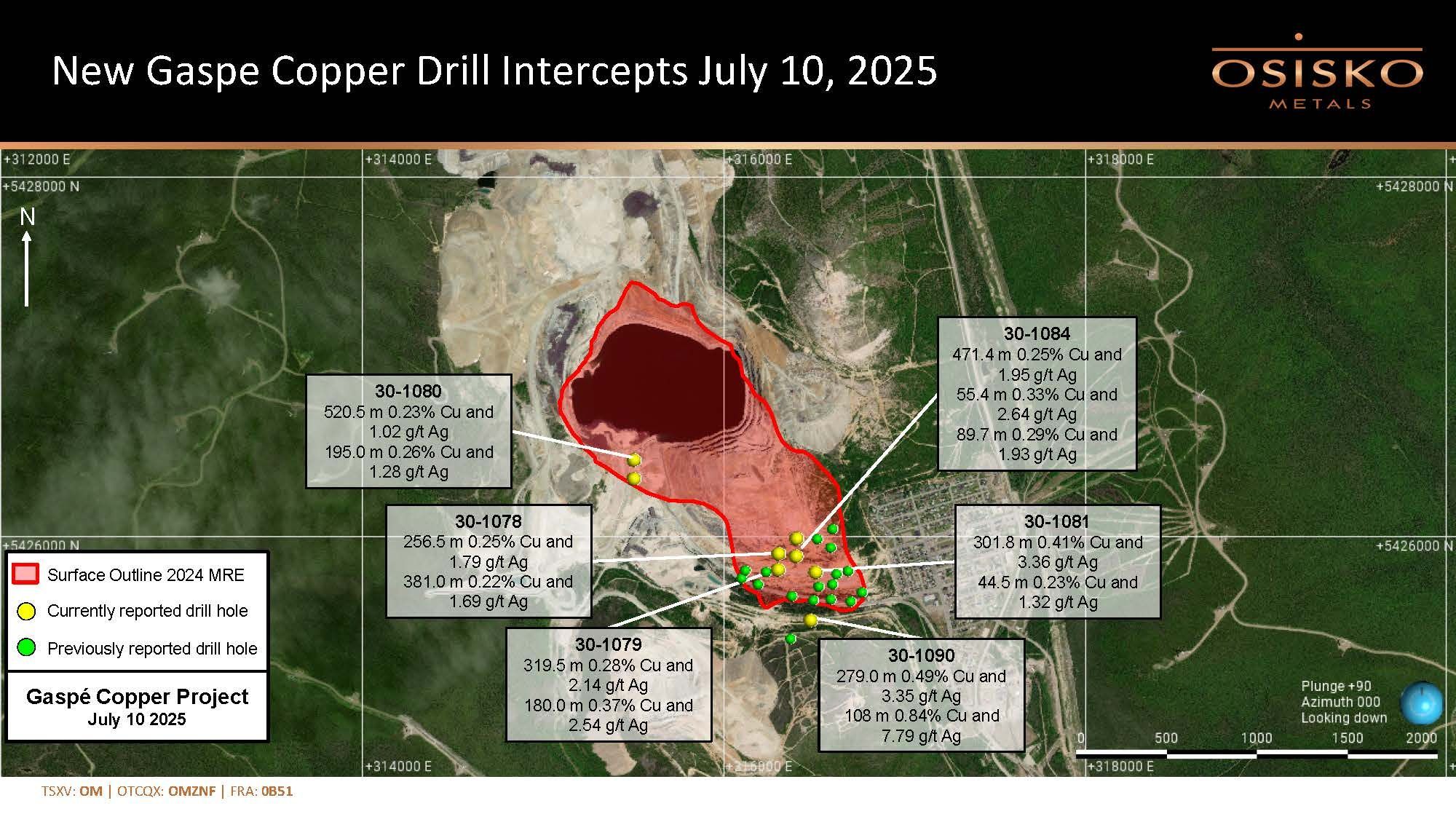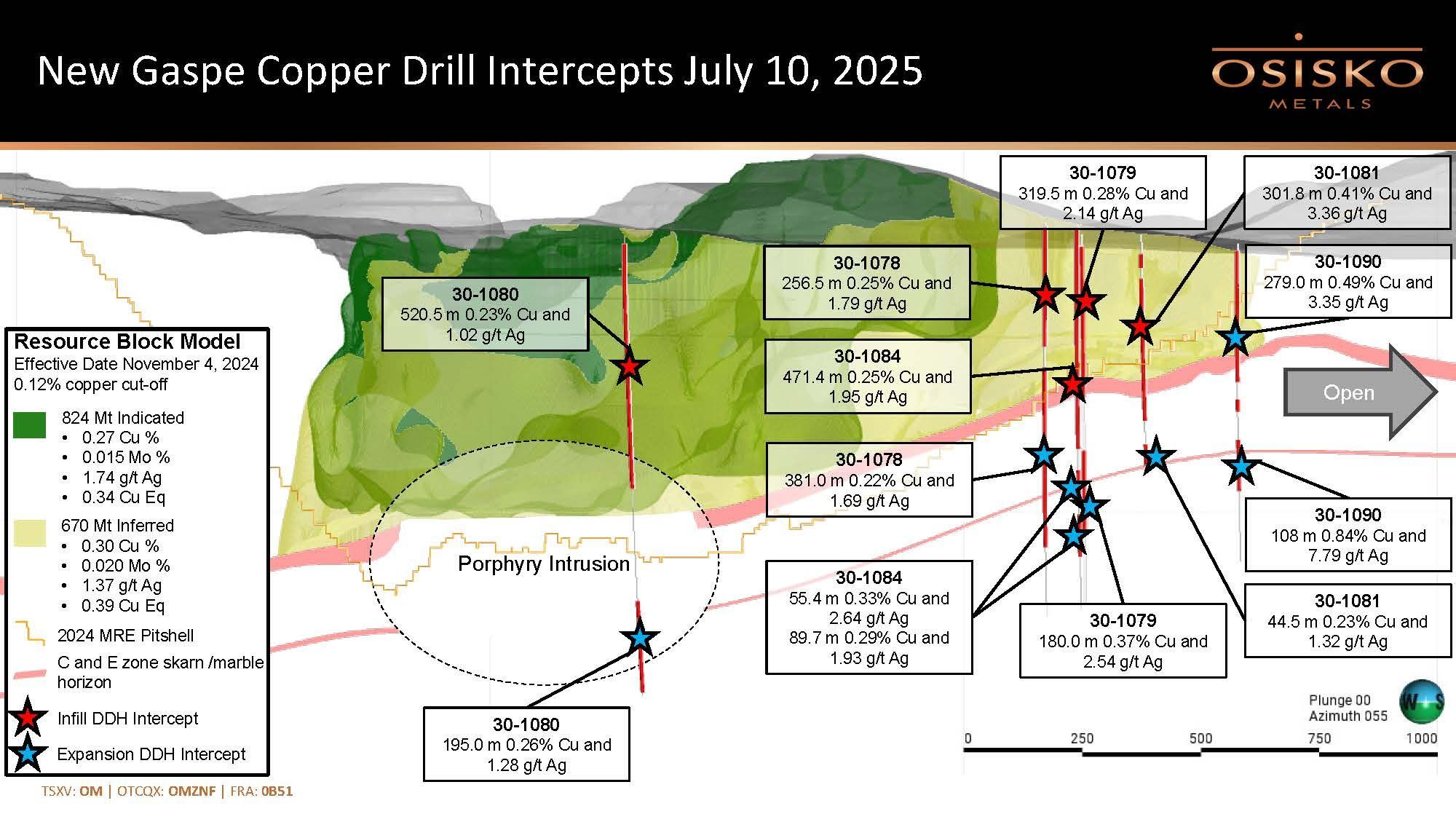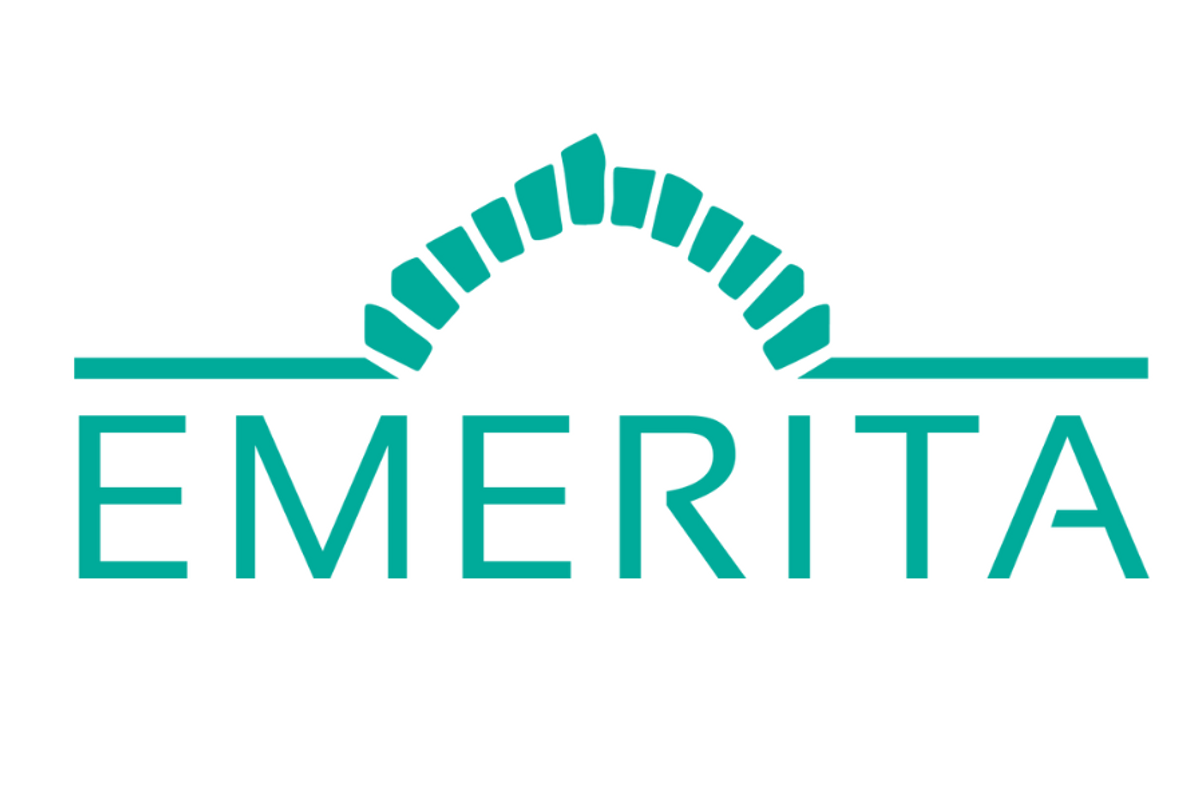
Emerita Resources Corp. (TSX V: EMO; OTCQB: EMOTF; FSE: LLJA) (the "Company" or "Emerita") is pleased to announce additional assay results from the 2022 delineation drilling at the La Romanera Deposit at its wholly owned Iberian Belt West project ("IBW" or the "Project"). IBW hosts three previously identified massive sulphide deposits: La Infanta, La Romanera and El Cura. All deposits are open for expansion along strike and at depth. Presently, there are 13 rigs on La Romanera deposit delineation and 1 rig continues to drill at La Infanta. Six drilling companies are engaged in the program. The most recent drill rig is capable of drilling shallower angle drill holes and will accelerate drilling of some of the thicker, higher base metal grade sections of the deposit, based on the historical intercepts. This area of the deposit was not systematically assayed for gold by previous operators. According to Joaquin Merino, P.Geo., President of Emerita, "The upper central area of the deposit is expected to contain a significant proportion of the historical resource, based on the base metal grades and thickness of the sulphide intervals in the historical drill holes. We are interested to see what the gold values are in this section of the deposit. In addition, we expect to commence drilling the El Cura deposit with two drills after December 1, 2022 which is after the hunting season in the area. El Cura is situated between La Romanera and La Infanta deposits."
Additional assay results for the following six drillholes are reported as follows: Holes LR025, LR026 and LR033 are located at the western side of the deposit at various elevations. Holes LR032 and LR006B are in the central part of the deposit and hole LR030 on the eastern side (Figures 1, 2, 3). Table 1 below provides details of the intercepts and drill hole locations.
Drillhole LR025 intercepted only the Lower Lens mineralization from 184.2 m and encountered 11.2 m of massive sulphide mineralization grading 0.4 % Cu; 1.5 % Pb; 4.2 % Zn; 0.8 g/t Au and 60.8 g/t Ag, including 2.8 m grading 0.3 % Cu; 3.8 % Pb; 12.2 % Zn; 1.72 g/t Au and 131.9 g/t Ag.
Drillhole LR026 intercepted massive sulphide in the Upper Lens over 16.9m which in this hole comprises mostly pyrite with no significant values of base or precious metals. The Lower Lens occurs 19.5m below the Upper Lens and consists in 16.3 m grading 0.4 % Cu; 0.2 % Pb; 0.4 % Zn; 0.7 g/t Au and 16.0 g/t Ag, including 2.8 m grading 0.6 % Cu; 0.2 % Pb; 0.0 % Zn; 2.0 g/t Au and 38.6 g/t Ag.
Drillhole LR033 was drilled into the central-west part of the deposit and intercepted the two lenses of massive sulphides. The Upper Lens occurs from 326.2 m and has 1.9 m grading 0.5 % Cu; 1.5 % Pb; 1.3 % Zn; 1.2 g/t Au and 83.8 g/t Ag. The interval between the Upper and Lower Lenses is 20.1 m. The Lower Lens consists of 1.2 m of low-grade massive sulphides.
Drillhole LR032 targeted a zone 250 m below surface in the central part of the deposit. It encountered two lenses of massive sulphides. The Upper Lens occurs from 328.3 m and comprises 4.6 m grading 1.5 % Cu; 0.1 % Pb; 0.0 % Zn; 0.5 g/t Au and 39.1 g/t Ag. The interval between the two lenses is 27.4 m. The Lower Lens consists of 7.5 m grading 0.2 % Cu; 0.7 % Pb; 1.0 % Zn; 1.8 g/t Au and 43.8 g/t Ag, including 2.9 m grading 0.3 % Cu; 0.8 % Pb; 0.9 % Zn; 3.51 g/t Au and 65.9 g/t Ag.
Drillhole LR006B intercepted the Upper Lens from 472.7 m where it is only 0.5 m thick grading 0.4 % Cu; 1.4 % Pb; 2.2 % Zn; 1.3 g/t Au and 92.0 g/t Ag. The Lower Lens was intercepted 5.5m below and is also characterized by massive sulphide mineralization. The Lower Lens intercept consists of 40.7 m grading 0.3 % Cu; 0.7 % Pb; 0.5 % Zn; 1.6 g/t Au and 32.3 g/t Ag, including 4.8 m grading 0.2 % Cu; 1.3 % Pb; 1.8 % Zn; 4.2 g/t Au and 64.2 g/t Ag with a second high grade gold interval of 3.0 m grading 0.4 % Cu; 0.4 % Pb; 0.3 % Zn; 6.54 g/t Au and 47.8 g/t Ag. Drill hole LR006B shows that excellent gold grades continue to be present at this elevation, approximately 400 m below surface.
Drillhole LR030 intercepted mineralization at 300 m below surface in the eastern side of the deposit. It encountered the Upper and Lower massive sulphide lenses. The Upper Lens occurs from 325.4 m down the hole and comprises 5.3 m grading 0.1 % Cu; 0.6 % Pb; 10.2 % Zn; 0.4 g/t Au and 54.5 g/t Ag. The interval between the lenses is 26.1 m. The Lower Lens intercept consists of 6.3 m grading 1.1 % Cu; 0.4 % Pb; 0.7 % Zn; 1.1 g/t Au and 21.4 g/t Ag. Hole LR030 is located approximately 100 m east of the historical Upper Lens drilling and appears to mark a significant extension of the Upper Lens massive sulfides to the east in this area. Copper and gold grades are significant in the Lower Lens in this hole.
As with many of the Volcanic Massive Sulphide deposits in the Iberian Pyrite Belt, metallic zonation is a common occurrence. This appears to be the case at the La Romanera deposit, based on Emerita's drill results to date. There are zones rich in gold, sometimes with elevated copper, and other areas rich in base metals, mainly zinc and lead. Elevated gold and silver values occur within portions of both the Upper and Lower Lenses and in all areas of the deposit drilled to date, which is a significant new development. Drilling is commencing that will test a large area of the shallower and central portion of the Lower Lens (Figure 3) which accounts for a significant proportion of the historical resource. Numerous thick intercepts are reported in the historical data for this area and the precious metal content was not systematically evaluated.
Figure 1: Location map, La Romanera Deposit drill holes LR006B, LR025, LR026, LR030, LR032 and LRO33.
https://www.globenewswire.com/NewsRoom/AttachmentNg/895625c9-8f96-4e1b-8bd8-f8eecd0ba987
Figure 2: Longitudinal section showing intercepts in the Upper Lens, La Romanera Deposit.
https://www.globenewswire.com/NewsRoom/AttachmentNg/ffd31d22-94e9-480f-9878-c16e379c1a08
Figure 3: Longitudinal section showing intercepts in the Lower Lens, La Romanera Deposit. Note the area in the red oval that hosts significant portions of the historical resource referred to in the text above.
https://www.globenewswire.com/NewsRoom/AttachmentNg/d2247a63-2866-4998-a1c7-d89f8f1591f6
| DDH | Easting | Northing | Elevation | azimuth | dip | depth (m) | FROM | TO | Width (m) | Cu_% | Pb_% | Zn_% | Au_g/t | Ag_g/t | LENS |
| LR006B | 646716 | 4172736 | 146 | 209 | -55 | 537.3 | 478.7 | 519.4 | 40.7 | 0.3 | 0.7 | 0.5 | 1.64 | 32.3 | LL |
| incl. | 497.8 | 502.5 | 4.8 | 0.2 | 1.3 | 1.8 | 4.23 | 64.2 | LL | ||||||
| incl. | 516.4 | 519.4 | 3.0 | 0.4 | 0.4 | 0.3 | 6.54 | 47.8 | LL | ||||||
| LR025 | 646414 | 4172539 | 142 | 177 | -56 | 207.5 | 184.2 | 195.4 | 11.2 | 0.4 | 1.5 | 4.2 | 0.79 | 60.8 | LL |
| incl. | 184.2 | 187.0 | 2.8 | 0.3 | 3.8 | 12.2 | 1.72 | 131.9 | LL | ||||||
| LR026 | 646597 | 4172725 | 144 | 197 | -56 | 489.8 | 456.9 | 473.2 | 16.3 | 0.4 | 0.2 | 0.4 | 0.65 | 16.0 | LL |
| incl. | 456.9 | 459.7 | 2.8 | 0.6 | 0.2 | 0.0 | 1.97 | 38.6 | LL | ||||||
| LR030 | 646845 | 4172660 | 154 | 181 | -65 | 384.5 | 325.4 | 330.7 | 5.3 | 0.1 | 0.6 | 10.2 | 0.44 | 54.5 | UL |
| LR030 | 356.8 | 363.1 | 6.3 | 1.1 | 0.4 | 0.7 | 1.13 | 21.4 | LL | ||||||
| LR032 | 646660 | 4172585 | 152 | 182 | -58 | 391.1 | 360.3 | 367.9 | 7.5 | 0.2 | 0.7 | 1.0 | 1.82 | 43.8 | LL |
| incl. | 361.2 | 364.1 | 2.9 | 0.3 | 0.8 | 0.9 | 3.51 | 65.9 | LL | ||||||
| LR033 | 646533 | 4172600 | 144 | 204 | -64 | 359.7 | 326.2 | 328.8 | 2.6 | 0.4 | 1.2 | 1.0 | 0.97 | 65.7 | UL |
| Table 1. Diamond drillhole data: La Romanera. | |||||||||||||||
| NB= LL= Lower Lens La Romanera, UL= Upper Lens La Romanera | |||||||||||||||
Quality Assurance/Quality Control
Drilling at La Romanera is HQ size and core is placed into core trays at the drill site and transported directly from the site to Emerita's coreshack (15Km) from Romanera and (8Km) from Infanta. Once the cores are received at Emerita's coreshack they are photographed and geotechnical logging is performed. Geological, mineralogical and structural logging follows and mineralized zones are identified. The samples are marked every 1m or less, and respecting lithological contacts, with most of the samples 1.0m long. The zone immediately above and below the mineralized zones are also sampled. Core samples are sawed in half and half of the core is returned to the core tray for future reference. Once the core samples are cut, bagged and tagged, they are shipped to the ALS laboratory in Seville by Emerita personnel where sample preparation is done. In Seville, ALS performs the mechanical preparation of the samples and then the pulps are sent to ALS Ireland (ICP) and ALS Romania (fire assay). The analysis at ALS Lab corresponds to the ME-ICPore (19 elements) package, together with the Au-AA23 fire assay (Gold).
10% of the analyzed samples correspond to control samples (fine blanks, coarse blanks, high, medium and low grade standards). In addition, 10% of pulps are reanalyzed at a second independent certified laboratory (AGQ Lab Sevilla). When the analysis is completed, the certificates are received from the laboratory and the QA/QC protocol identifies any deviation or anomaly in the results and the entire batch is reassayed in such case. Once the data is approved by the QA/QC protocol assays are entered digitally directly into the database.
Qualified Person
The scientific and technical information in this news release has been reviewed and approved by Mr. Joaquin Merino, P.Geo, President of the Company and a Qualified Person as defined by NI 43-101 of the Canadian Securities Administrators.
About Emerita Resources Corp.
Emerita is a natural resource company engaged in the acquisition, exploration and development of mineral properties in Europe, with a primary focus on exploring in Spain. The Company's corporate office and technical team are based in Sevilla, Spain with an administrative office in Toronto, Canada.
For further information, contact:
Joaquin Merino
+34 (628) 1754 66 (Spain)
Vincent Chen
+1 778 990 9433 (Toronto)
info@emeritaresources.com
Cautionary Note Regarding Forward-looking Information
This press release contains "forward-looking information" within the meaning of applicable Canadian securities legislation. Forward-looking information includes, without limitation, the mineralization of the IBW Project; the timing of assay results; the prospectivity of the Project; the timing and ability of the Company to produce an NI 43-101 compliant mineral resource estimate and the Company's future plans. Generally, forward-looking information can be identified by the use of forward-looking terminology such as "plans", "expects" or "does not expect", "is expected", "budget", "scheduled", "estimates", "forecasts", "intends", "anticipates" or "does not anticipate", or "believes", or variations of such words and phrases or state that certain actions, events or results "may", "could", "would", "might" or "will be taken", "occur" or "be achieved". Forward- looking information is subject to known and unknown risks, uncertainties and other factors that may cause the actual results, level of activity, performance or achievements of Emerita, as the case may be, to be materially different from those expressed or implied by such forward-looking information, including but not limited to: general business, economic, competitive, geopolitical and social uncertainties; the actual results of current exploration activities; risks associated with operation in foreign jurisdictions; ability to successfully integrate the purchased properties; foreign operations risks; and other risks inherent in the mining industry. Although Emerita has attempted to identify important factors that could cause actual results to differ materially from those contained in forward-looking information, there may be other factors that cause results not to be as anticipated, estimated or intended. There can be no assurance that such information will prove to be accurate, as actual results and future events could differ materially from those anticipated in such statements. Accordingly, readers should not place undue reliance on forward-looking information. Emerita does not undertake to update any forward-looking information, except in accordance with applicable securities laws.
NEITHER TSX VENTURE EXCHANGE NOR ITS REGULATION SERVICES PROVIDER (AS THAT TERM IS DEFINED IN THE POLICIES OF THE TSX VENTURE EXCHANGE) ACCEPTS RESPONSIBILITY FOR THE ADEQUACY OR ACCURACY OF THIS RELEASE.

